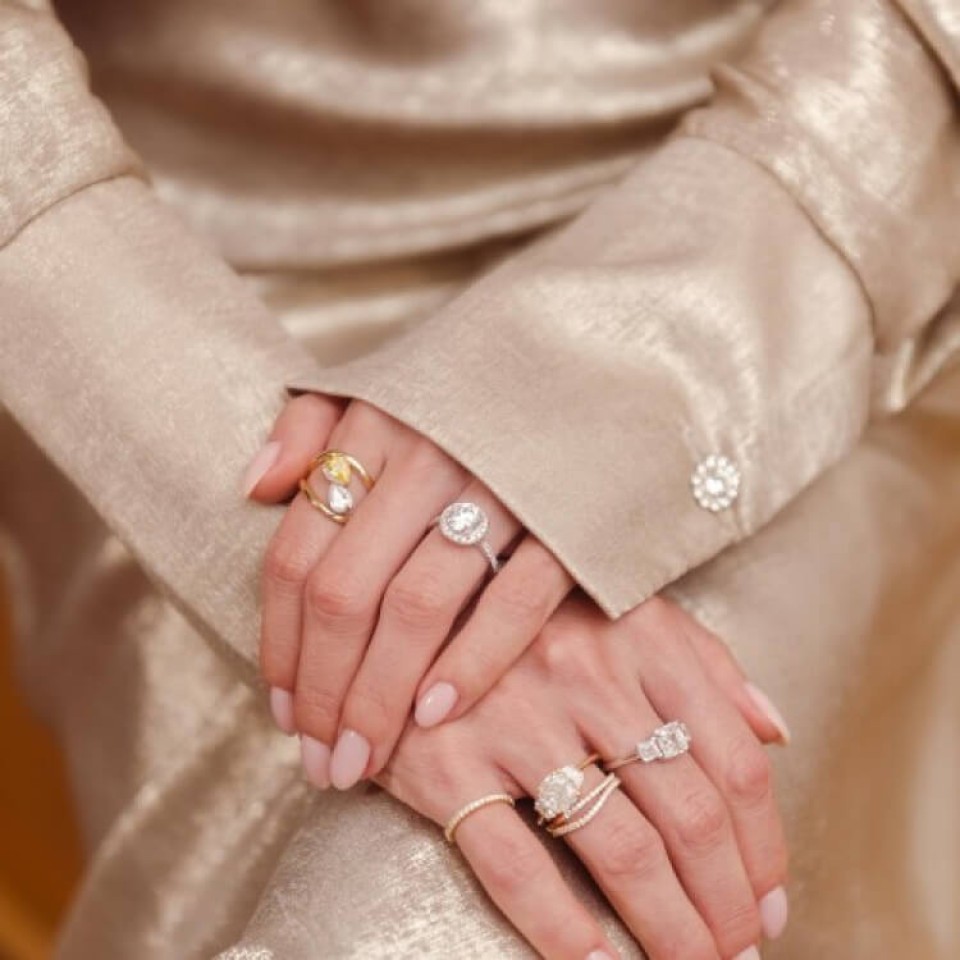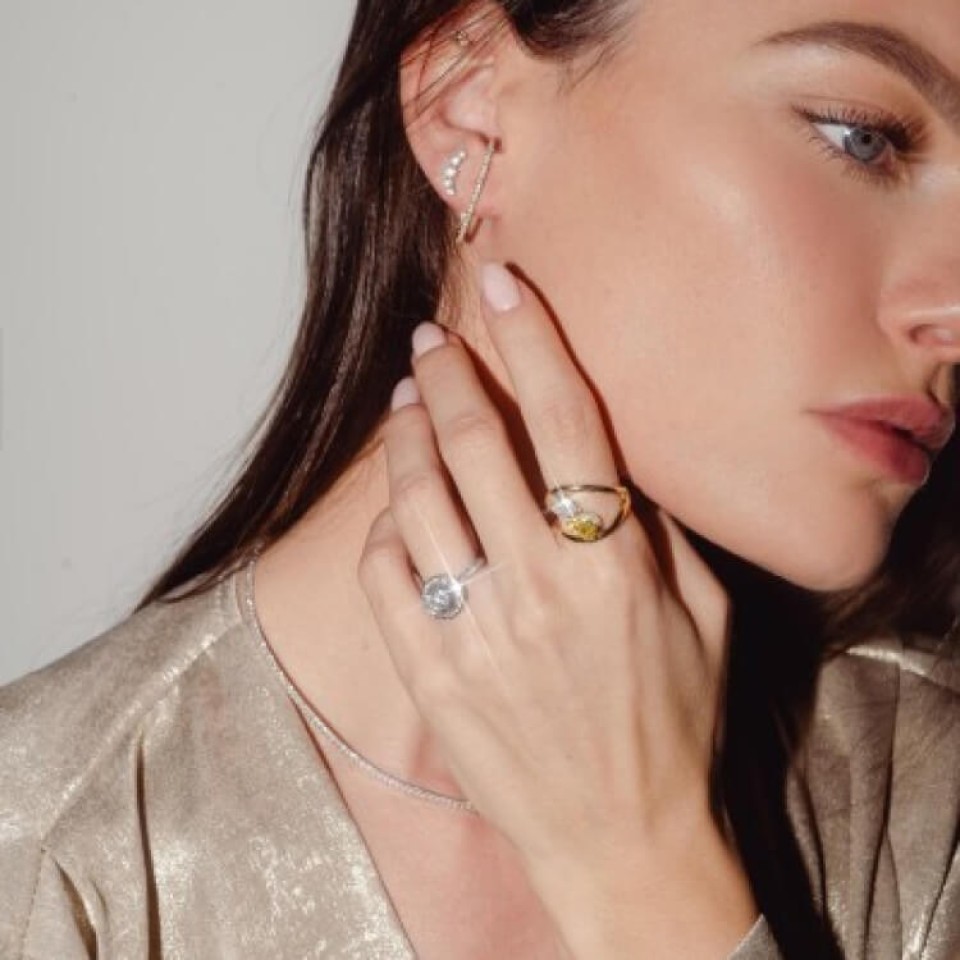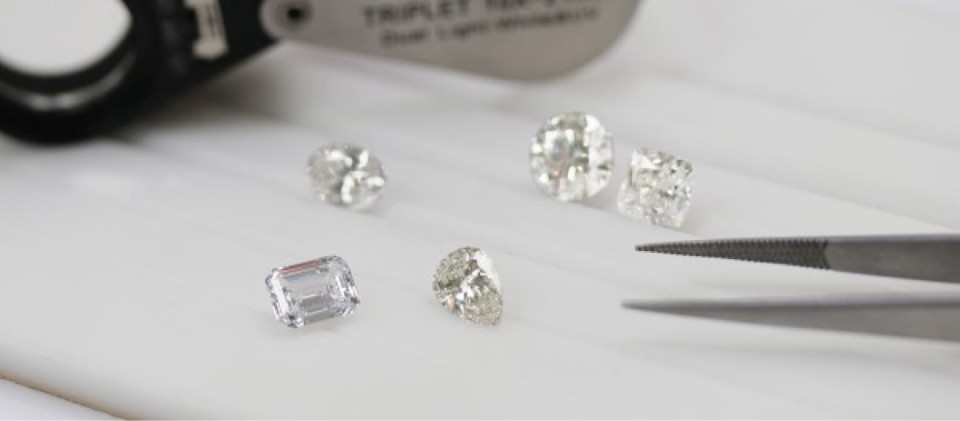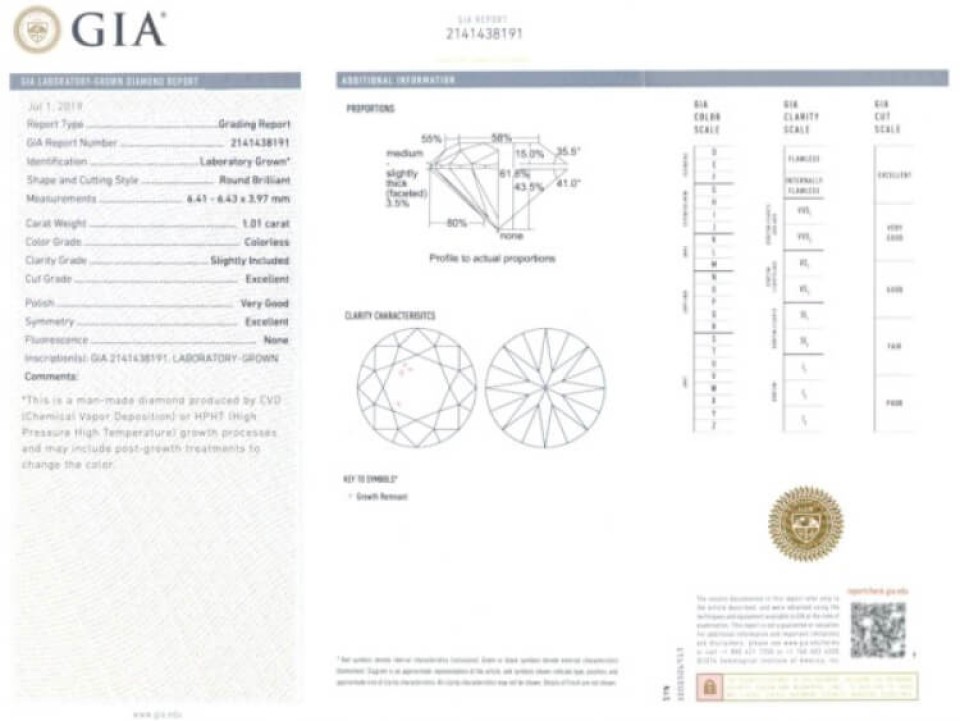
Why choosing lab-grown diamonds?
First, some people argue they are more environment-friendly than their natural counterparts because there is no mining process needed to extract them. But what really tips the scale? The price! Indeed, lab-grown diamonds are approximately 30 to 40% cheaper than natural diamonds, as the rarity factor does not apply to them. They can be reproduced in mass. Furthermore, their quality is very nice regarding color/clarity grades as growth conditions of the diamonds can be monitored.
Can’t wait to have a diamond of your own without spending a fortune? As she has access to a large selection of shapes and colors, Laurence can make a bespoke piece of jewelry with lab-grown diamonds upon request. She also launched her Bridal Collection « The Lab Grown Show » entirely made with lab-grown diamonds, and dedicated to brides(to-be) who would value to wear on their finger a lab grown diamond from 1 carat & up. Because sometimes, BIGGER IS SIMPLY BETTER.



